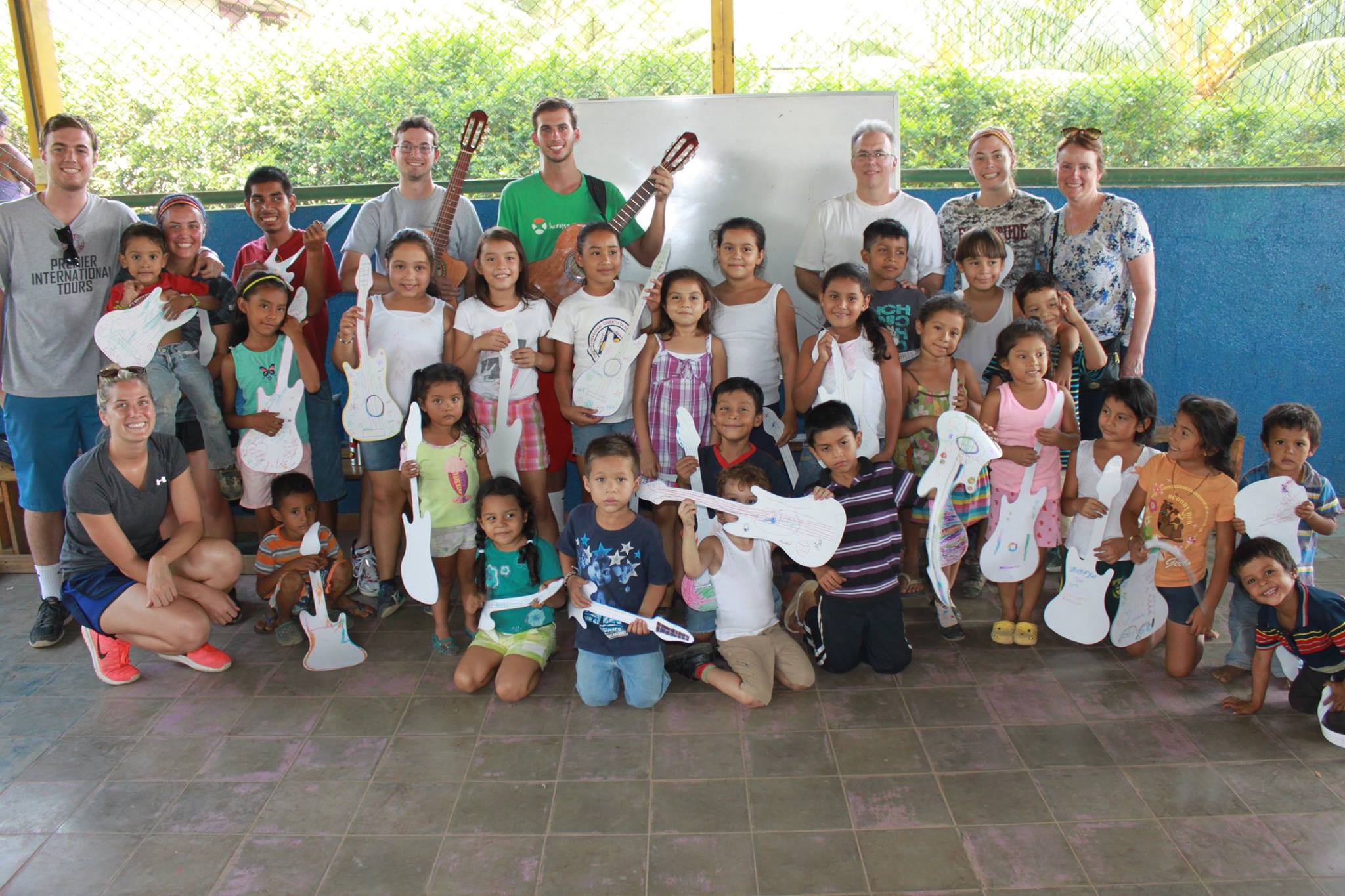(415) 300-0180

In the highlands of Ecuador, Elena’s farming community faces a significant challenge: they need only $2,000 to install irrigation equipment that could double their crop yield. Traditional aid organizations have millions allocated to agricultural development, yet these funds often don’t reach villages like Elena’s. Across the globe, an estimated 1.4 billion adults remain unbanked and often unreached by traditional aid. This isn’t due to a lack of funding or intent but rather deep-rooted systemic and logistical barriers that prevent aid from effectively reaching those who need it most. Why does this gap exist, and how can we change it?
While $179.6 billion flows through global aid channels annually, much of this money gets lost in bureaucracy. A significant portion—around 75%—is consumed by administrative costs and intermediaries. Aid can take months to deploy, and as much as 30% of these funds never make it to the intended recipients. The rigid, top-down approach typical of traditional aid creates delays, increases costs, and often results in minimal impact on the ground. But the problem goes even deeper.
Structural obstacles like complex bureaucracies and multiple intermediaries mean that much of the funding never reaches local communities directly. Geographically remote regions face unique challenges: poor infrastructure, limited banking access, and high transportation costs make it extremely difficult to connect with these areas.
For recipients like Elena, requirements for aid distribution—government IDs, proof of residence, or formal banking accounts—are simply out of reach. Without access to these documents or systems, many unbanked people are effectively barred from the aid they desperately need.
The impact of being excluded from formal aid channels extends beyond missed financial support. In the absence of traditional banking, people often turn to informal services, where transaction fees can reach up to 20-30% of income. Basic services cost more, businesses struggle to secure credit, and communities remain trapped in cycles of poverty. Socially, this exclusion limits access to education, healthcare, and opportunities for economic mobility, making it harder for these communities to break free from systemic poverty.
A new paradigm in aid delivery has emerged with digital technologies like blockchain and mobile-first solutions, offering a streamlined and direct way to reach underserved communities. Using blockchain ensures that every dollar donated can be transparently tracked from donor to recipient, while smart contracts automate transfers and compliance, reducing delays and administrative overhead. Digital identities allow people without traditional documentation to verify themselves, making access possible for the first time.
Mobile solutions offer universal access to financial services. Simple, localized interfaces, offline capabilities, and lower operational costs make mobile banking and payments practical, even in regions where traditional banks are inaccessible. Through these digital platforms, recipients can access funds, receive remittances, and save money without needing a physical bank.
In rural Tanzania, a community once faced a two-week wait for basic financial transactions, incurring 15% fees for money transfers. With mobile banking integration, they now have instant access to funds with near-zero fees. For the community, this has meant increased incomes, improved savings, and access to credit for small businesses.
Similarly, in Colombia, a farming cooperative once reliant on predatory lenders has gained access to fair credit terms and direct-to-market sales channels through digital integration. By reducing intermediaries and associated costs, this cooperative can now invest in growth, expand their reach, and build a more sustainable future.
The success of this digital-first approach lies in several key principles: technology that prioritizes local adaptation, community engagement that respects and leverages local leadership, and transparent impact measurement that builds trust with donors and stakeholders. By creating platforms that are easy to use and accessible, even in remote areas, digital solutions can empower communities in ways that traditional aid simply cannot.
The journey to bridge the gap for the unbanked billion requires scaling digital access, building local capacity, and fostering community ownership. To make this vision a reality, both organizations and communities must embrace innovative technology, develop skills, and share knowledge. By connecting needs with resources in a way that is transparent, efficient, and sustainable, we’re creating a future where financial inclusion and empowerment are within everyone’s reach.
Join us as we change the way aid reaches those who need it most, building a bridge between technology and humanity to empower the unbanked billion.

Christopher Robison is a San Francisco-based software engineer and tech innovator with 25+ years in the industry. Specializing in blockchain, AI, and robotics, he’s built custom 3D printers, led tech transformations, and created impactful digital solutions for biotech, finance, and beyond. Outside of work, he’s a punk rock karaoke regular, golf enthusiast, and a tinkerer who’s always building something new alongside his cat Otis and dog Yuki.